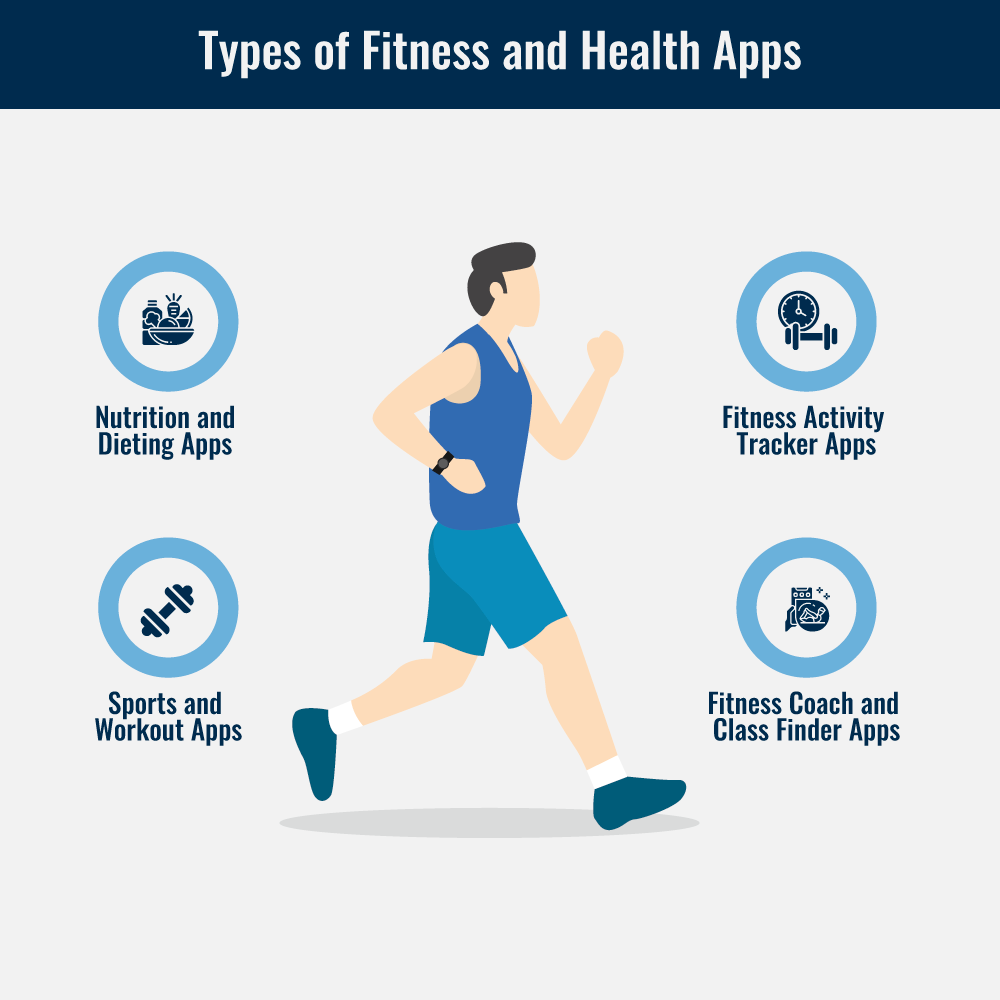10 Full-Body Stretch Exercises to Start Doing Every Day for Better Mobility and Fewer Aches and Pains
For most of us, myself included, stretching—let alone a full-body stretch—is one of those things we know we’re supposed to do more often. But when you have limited time to squeeze in a workout at all, it tends to get deprioritized.
Assuming that stretching should only happen before or after a workout was the first mistake, says physical therapist Grayson Wickham, DPT, CSCS, and the founder of the Movement Vault, a stretching and mobility app aimed at helping people prevent and fix pain and injury. “Think of it like brushing your teeth,” Wickham says. “Everyone gets that it needs to be done every day. Stretching is the same—but for body and joint maintenance.”
It turns out that whether you want to improve your athletic performance or just release tension after sitting at a computer all day, a full-body stretching routine is as key as finding the right yoga pants for you. So I tapped trainers and physical therapists for the active stretches they recommend to improve mobility, flexibility, and reduce pain and injury.
What happens if I stretch every day?
When I started thinking about adding full-body stretches to my daily routine, my first question became: Is Wickham right? Do I really need to stretch every day? “Daily stretching allows the body to maintain proper ranges of motion and keeps the brain primed to be comfortable in different ranges of motion, which is one of the main benefits especially as we age,” says Joe Holder, a Nike master trainer and the creator of Exercise Snacks, which provides easy bodyweight exercises focused on strength, mobility, and endurance. Adding even just a few night or morning stretches to a daily routine can have a profound impact.
What happens if you never stretch? And what does a total body stretch do?
I learned from the experts that if your muscles are tight and your joints can’t move through a range of motion the way they’re supposed to, it causes other muscles and joints in the body to compensate. This causes wear and tear that eventually leads to pain and injury, Wickham says. That’s why, to take one example, tight quads and hip flexors in runners can cause knee pain.
The best way to prevent this ripple effect is a good full-body stretch—but not everyone is doing it as effectively as they could, Wickham says. When you think of stretching, what often comes to mind is pulling your leg behind you, bending down to touch your toes, or pulling your arm across your chest. These are all known as static stretches, and they’ve actually been shown to decrease performance and increase injury in recreational and elite athletes, Wickham says. Instead, to improve performance before any activity, especially before you start downloading any free workout apps, it’s important to focus on active movements, he explains.
“We need to work on mobility to ensure a joint can move actively through a range of motion—increasing blood flow and circulation, which in turn, improves performance,” says trainer Kira Stokes, NASM-CPT, CES, and the founder of Stoked Method, who offers fully guided stretching and mobility sequences in her Kira Stokes Fit App alongside physical therapist Dan Giordano, DPT, CSCS.



